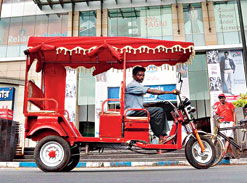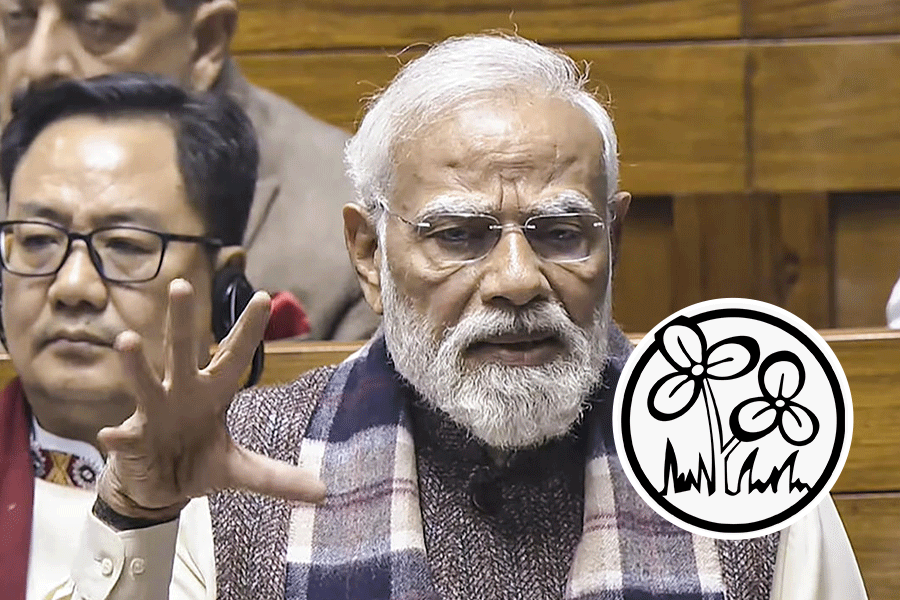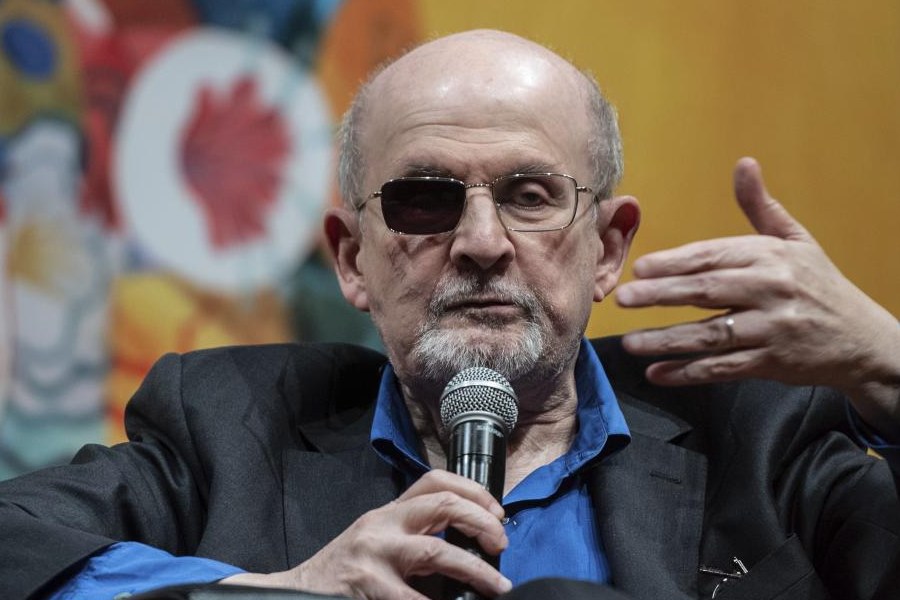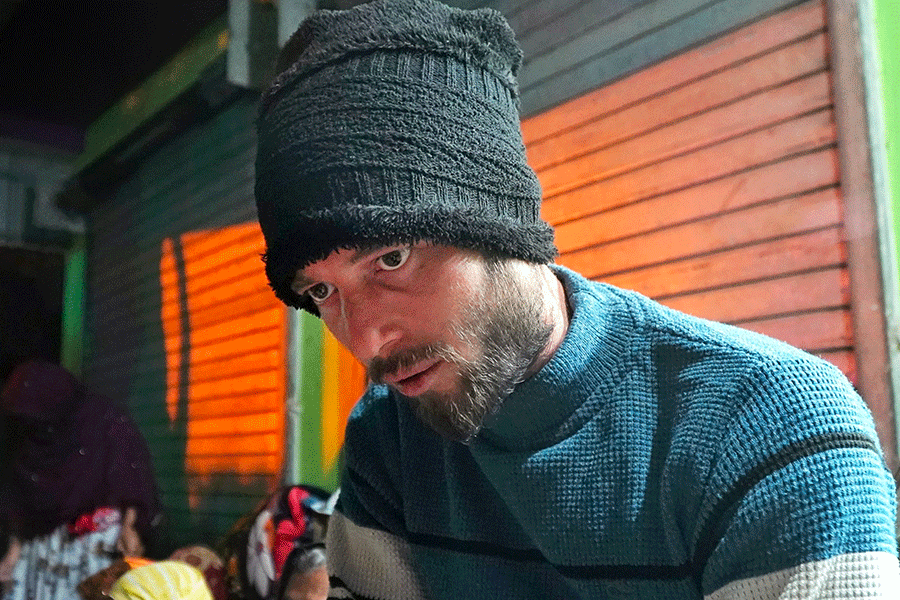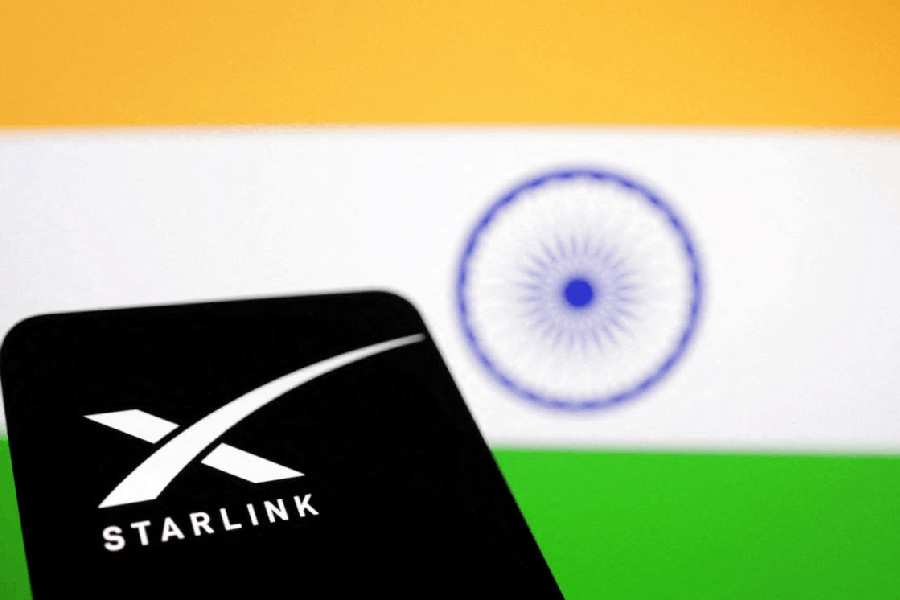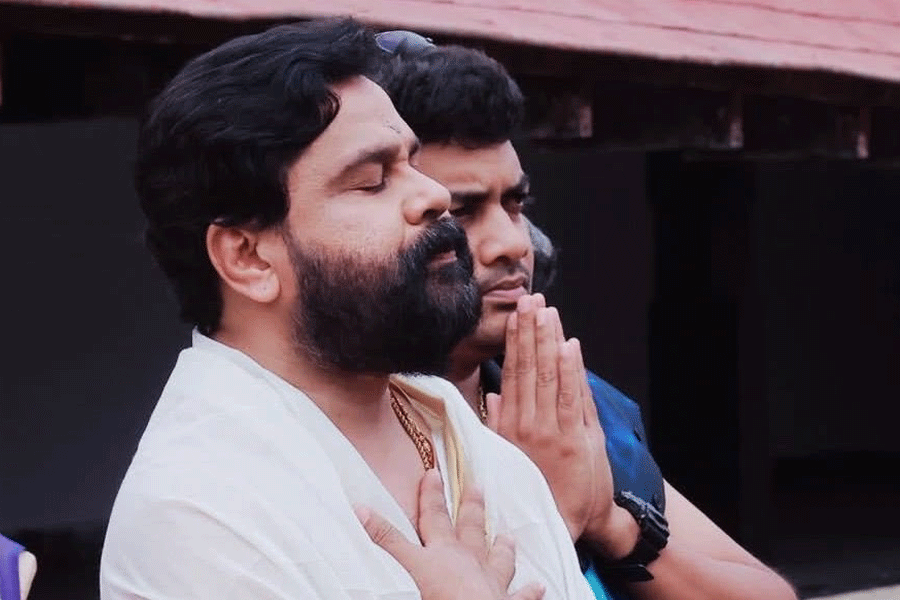 |  |
| A tuk-tuk in front of the Avani Riverside Mall in Howrah on Tuesday afternoon. Picture by Anup Bhattacharya | Salman Khan rides a tuk-tuk through a Pattaya street in the film Ready |
Pierce Brosnan had dumped a limousine for it to beat a Bangkok traffic snarl. Now you can hop into one to get through rush-hour Belur.
The phrase “tuktuk kore chole ja” has a new connotation in Howrah with the advent of a handful of battery-operated three-wheelers that derive their genes from the touristy tuk-tuks of Thailand, Vietnam and Cambodia.
Rickshaws can be irritatingly slow and autorickshaws uncomfortably fast for the congested lanes of Belur, but the tuk-tuk apparently strikes a balance with a maximum speed of 20-25kmph. In just over a month, a tuk-tuk ride has become the commute of choice for many across select Howrah routes.
“Tuk-tuk!” bawled a four-year-old boy, squatting on the busy GT Road as his mother tried to put him on a cycle rickshaw the other day.
He had reason to be desperate. In the sea of transport on the roads — buses, taxis, autos and cycle rickshaws — the tuk-tuk does stand out with its red canopy and golden frills at the edges.
Marketed as Meghdut, the new kid on the block comes with a 650-watt or 800-watt motor, depending on the variant. The price ranges between Rs 1.10 lakh and Rs 1.35 lakh. The chassis is longer than that of an auto and seats six in two rows facing each other at the back.
From the front, this version of the tuk-tuk looks more like a “vano”, Bengal’s unacknowledged contribution to the history of automotive fusion.
The best part of the tuk-tuk is its all-sides-open, tall-boy design that offers more head, leg and elbow room for the passengers.
Ajay Sen couldn’t be happier with his tuk-tuk, sometimes referred to as “toto” because it rhymes with auto.
“I bought mine a month ago from Vivaan E-Auto for Rs 1.10 lakh,” Ajay told Metro. “I currently make a profit of around Rs 500 a day ferrying passengers between Belur station and Belur Math.”
His operating expenditure works to Rs 70 for a six-hour battery recharge that gives a mileage of 80km.
Ajay, who used to play football for George Telegraph and was unemployed until recently, learnt about the tuk-tuk from an ad.
Rakibul Hossain of Vivaan E-Auto, who launched his Meghdut last November, sources the parts from Rajasthan and assembles them in his factory in Dankuni. “The base and middle variants are six-seaters. The middle variant has a fibre roof and the top variant has side curtains and can seat eight,” said Hossain, who has 14 showrooms spread across Jharkhand, Bhubaneswar, Agartala and Dankuni.
He provides vehicle insurance to his customers through a company tie-up but no bank currently offers a loan for a tuk-tuk. Registration and commercial licensing are grey areas too.
“The top speed of these vehicles ranges from 20 to 25 kmph. Such a slow-moving vehicle doesn’t need to be registered,” Hossain said.
Legal or not, Lakshman Singh, who travels to Belur Math from Bhadreswar every day, finds the tuk-tuk a godsend. “Khub bhalo hoyechhe (This is a good thing). We used to be fleeced by the cycle rickshaws and the buses are overcrowded. On a tuk-tuk, I travel comfortably to Belur Math from Belur station (an 8km stretch) for Rs 10,” he said.
Tuk-tuk owner Prasanta Dalui fears the going will get tougher once more vehicles hit the road or if registration and routes are introduced. “I sold everything to buy this vehicle. I hope there’s no chance of the government banning it,” he said.

